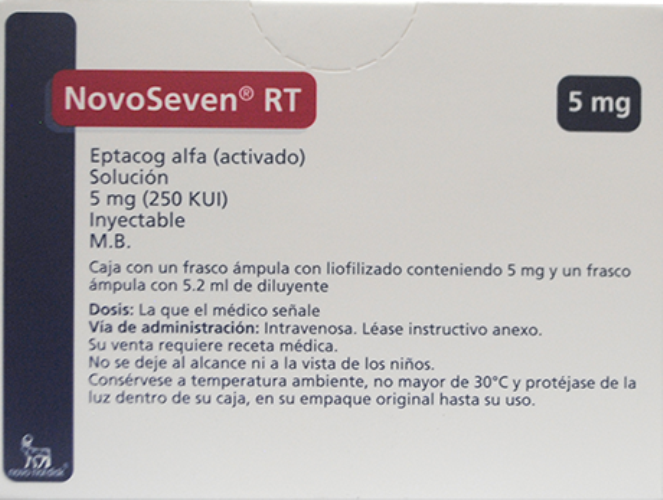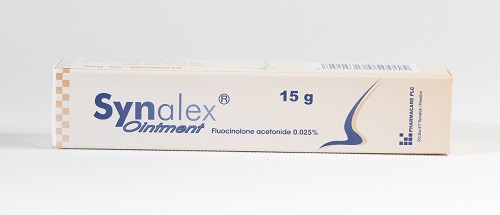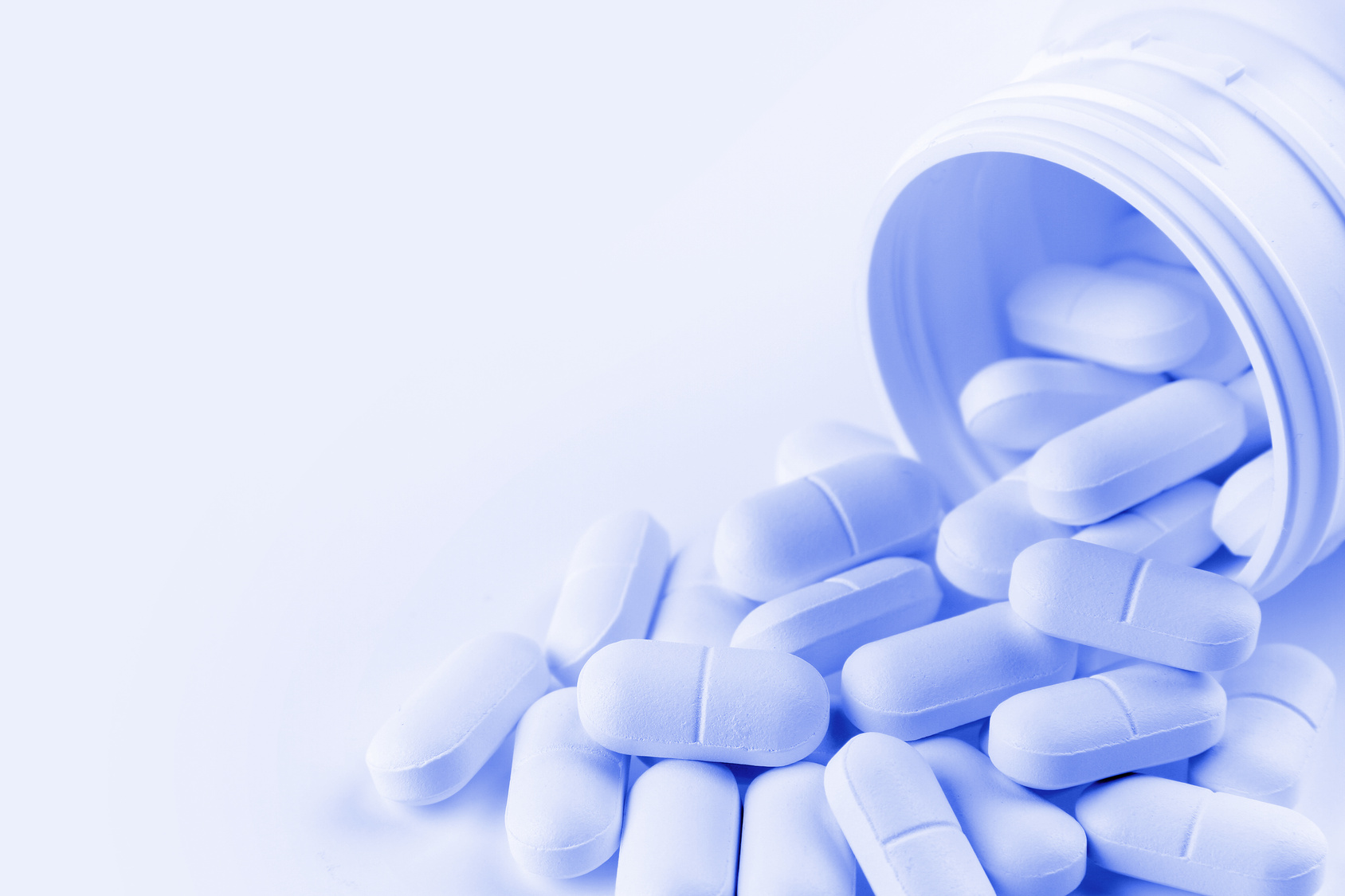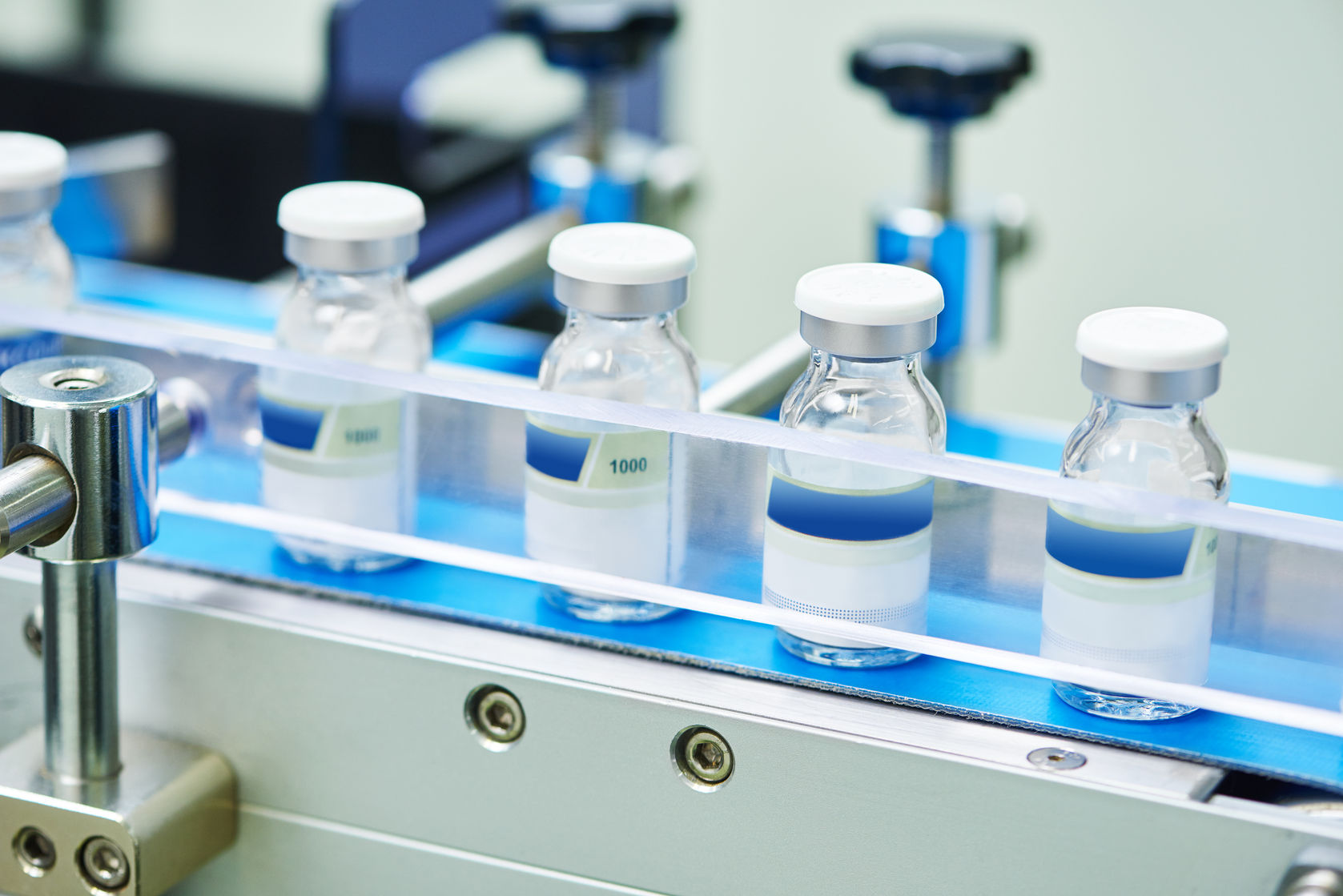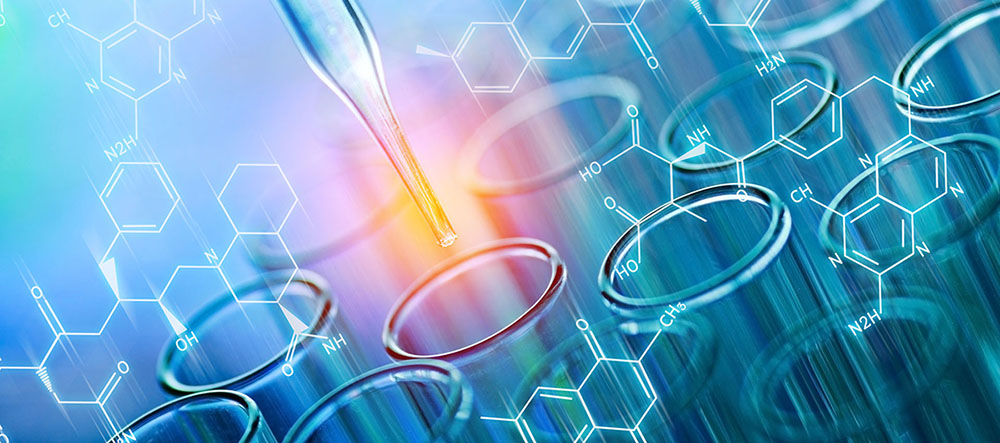MECHANISM OF ACTION:
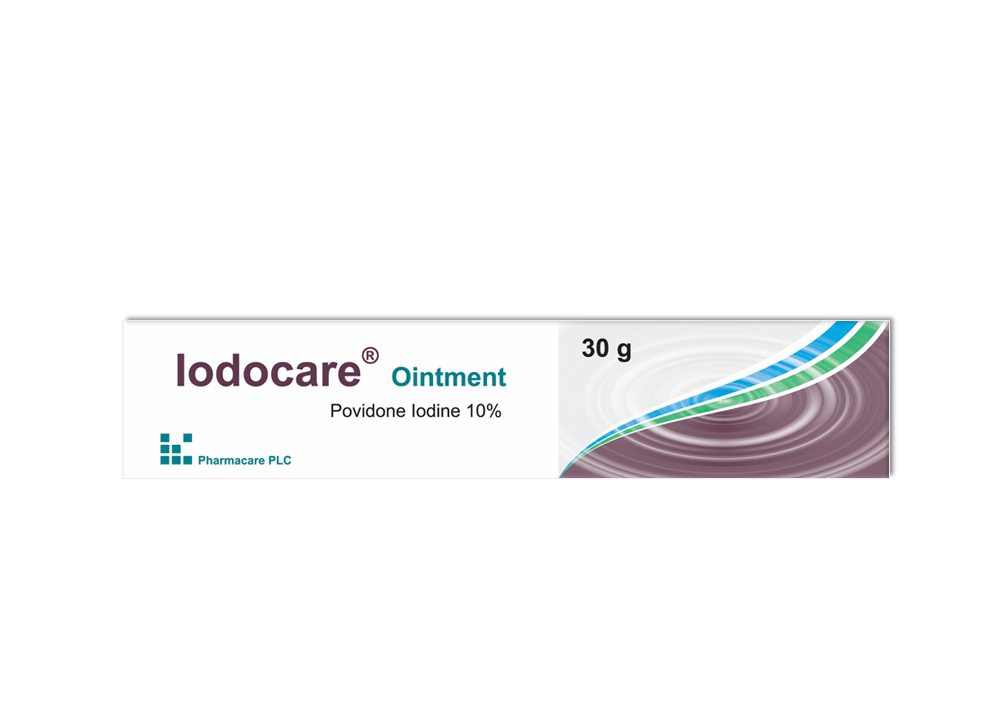
Moxiflox: (Moxifloxacin): The bactericidal action of moxifloxacin results from inhibition of the topoisomerase II (DNA gyrase) and topoisomerase IV required forbacterial DNA replication, transcription, repair, and recombination. It is an antibiotic recruited against a number of bacterial infections, including pneumonia, conjunctivitis, endocarditis, tuberculosis, and sinusitis. Pharmacare is proud to reflect Moxiflox as a vibrant pneumonia 4th generation antibiotic in Palestine, which is among best sellers making NIS633,850 until June 2018. Moxiflox further constitutes 3.7% of total sales and 18,65% of Accumulated sales at Pharmacare PLC.
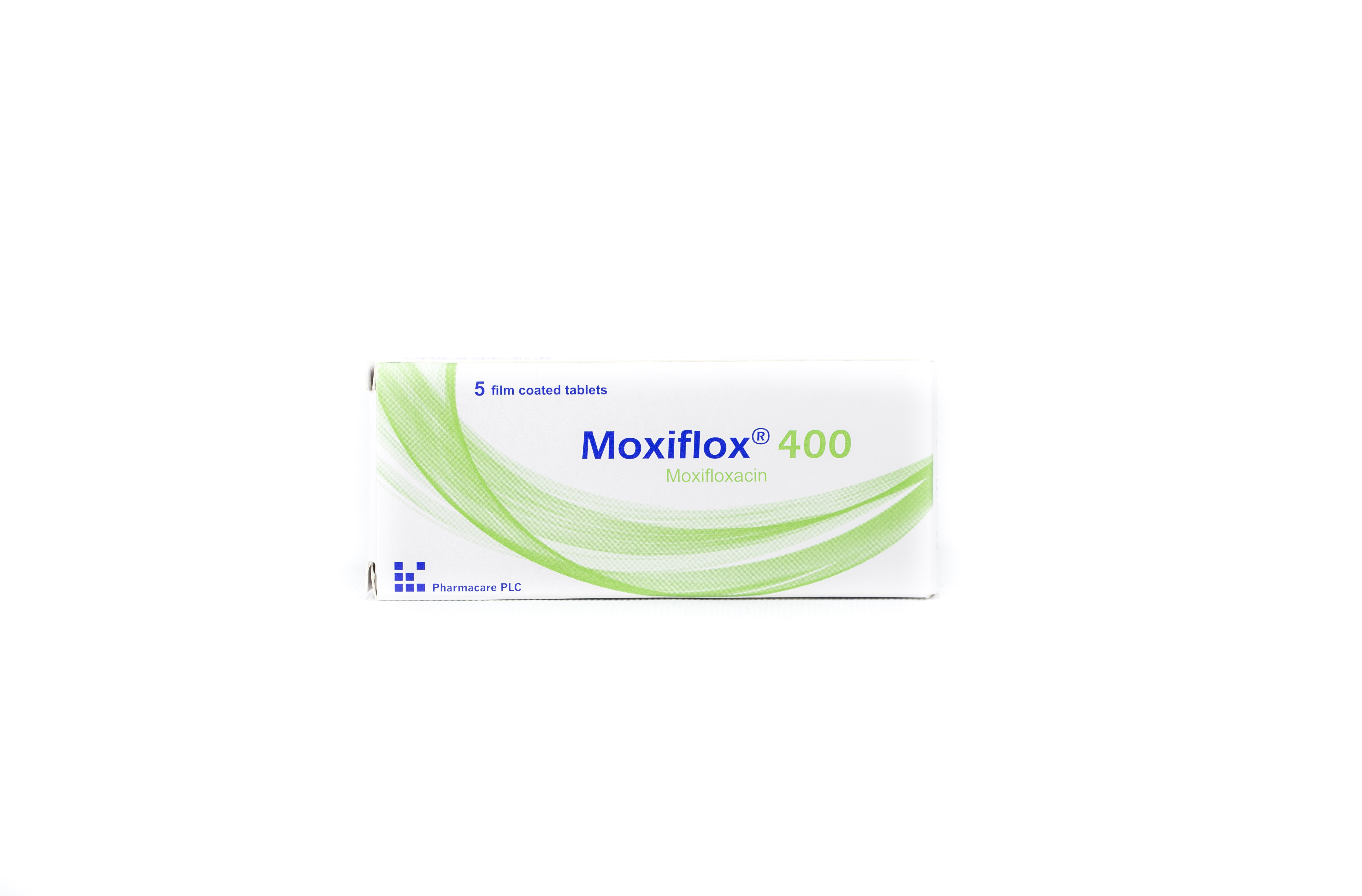 Sitaglu: (Sitagliptin): is an oral antihyper-glycemic of the dipeptidyl peptidase-4 inhibitor class. Sitagliptin is a DPP-4 inhibitor, which is believed to exert its actions in patients with type 2 diabetes by slowing the inactivation of incretin hormones. Incretin hormones including glucagon-like peptide-1 (GLP-1) and glucose-dependent insulinotropic polypeptide (GIP), are released by the intestine throughout the day, and levels are increased in response to a meal. These hormones are rapidly inactivated by the enzyme, DPP-4. The incretins are part of an endogenous system involved in the physiologic regulation of glucose homeostasis. Sitaglu presents a precursor for Sitaglu-MET, the latter anticipated to prove among Phrmacare’s best sellers within the second half of 2018.
Sitaglu: (Sitagliptin): is an oral antihyper-glycemic of the dipeptidyl peptidase-4 inhibitor class. Sitagliptin is a DPP-4 inhibitor, which is believed to exert its actions in patients with type 2 diabetes by slowing the inactivation of incretin hormones. Incretin hormones including glucagon-like peptide-1 (GLP-1) and glucose-dependent insulinotropic polypeptide (GIP), are released by the intestine throughout the day, and levels are increased in response to a meal. These hormones are rapidly inactivated by the enzyme, DPP-4. The incretins are part of an endogenous system involved in the physiologic regulation of glucose homeostasis. Sitaglu presents a precursor for Sitaglu-MET, the latter anticipated to prove among Phrmacare’s best sellers within the second half of 2018.

Betastin: Has a strong affinity as an antagonist for histamine H3 receptors and a weak affinity as an agonist for histamine H1 receptors. The active ingredient is a specific histamine agonist with virtually no H2-activity.
Betahistine has two modes of action. Primarily, it has a direct stimulating (agonistic) effect on H1 receptors located on blood vessels in the inner ear. It appears to act on the precapillary sphincter in the stria vascularis of the inner ear, thus reducing the pressure in the endolymphatic space.
In addition, Betahistine demonstrates powerful antagonistic effects at H3 receptors, and further increases the levels of neurotransmitters released from the nerve endings. The increased amounts of histamine released from histaminergic nerve endings stimulate H1receptors, thus augmenting the direct agonistic effects of Betahistine on those receptors. This explains the potent vasodilatory effects of Betahistine in the inner ear. This explains the efficacy of Betahistine in the treatment of vertigo.
Taken together jointly, those properties contribute to the drug’s therapeutic benefits in the Ménière's syndrome. The Ménière’s syndrome is characterised by means of symptoms affiliated to vertigo, tinnitus, nausea, headache, hearing loss. The efficacy of Betahistine may be due to its ability to modify the circulation of the inner ear or due to a direct effect on neurons of the vestibular nucleus.
Pharmacare prides on exclusively introducing BETASTIN, the generic version of Betahistine, into the Palestinian market. The drug is predicted as a promising clinically-approved potent H3 receptor antagonist for effective treatment of the Meniere’s disease, thus reducing the number of vertigo attacks significantly. The drug is aimed for a greater effect on better compliance relative to counterparts, alongside minimal side-effects.

